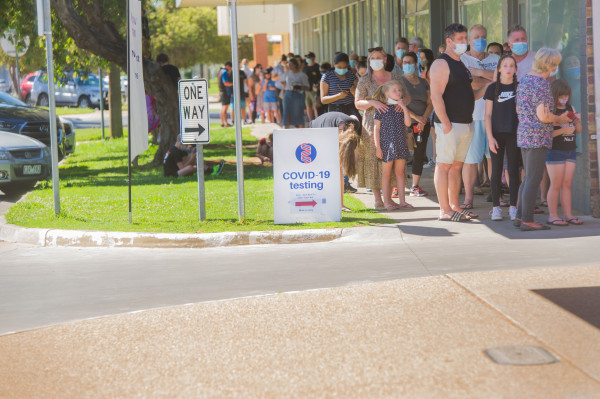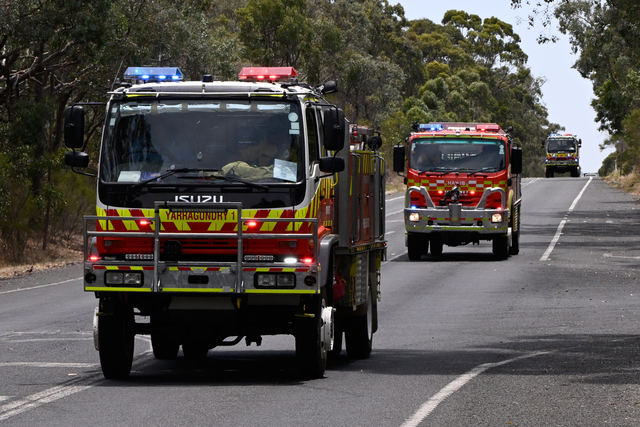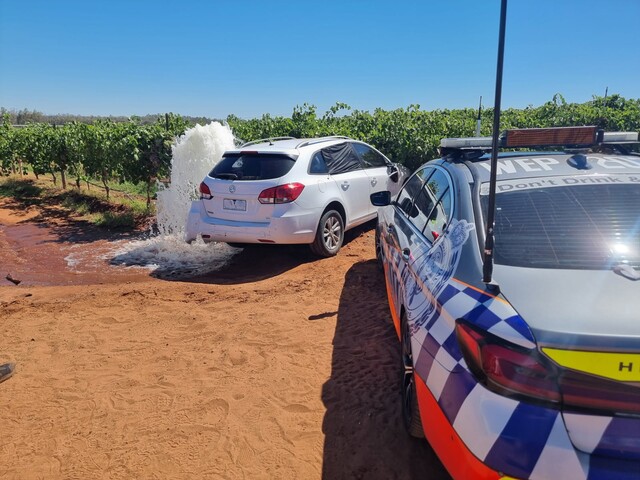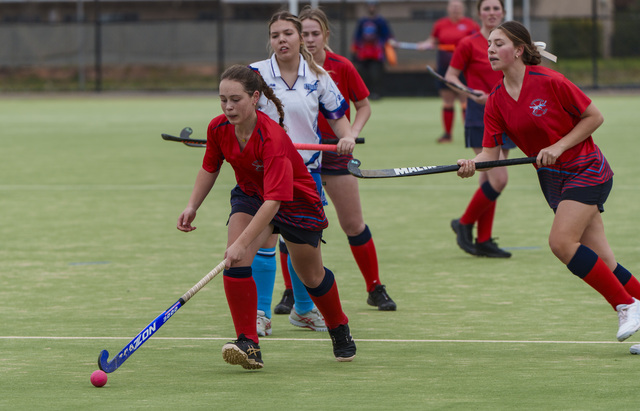MILDURA is closing in on 15,000 reported COVID-19 cases since the pandemic began just over two years ago.
The local government area recorded 74 further cases on Thursday from the previous 24-hour period to take the total pandemic cases in the region to 14,876.
Mildura has an estimated resident population of 53,878, according to 2016 Australian Bureau of Statistics data.
The region had 333 active COVID cases, however the number of active cases per 100,000 population has dropped to 597, after it was close to 1000 just weeks ago.
Only 13 local councils of 79 in Victoria now have more than 1000 COVID-19 cases per 100,000 population, including metropolitan Melbourne, however there are no local government areas with zero cases.
No local government area north of Horsham or Bendigo has more than 1000 cases per 100,000 population.
Mildura city has 705 active cases per 100,000 population, the Cardross, Cullulleraine, Meringur, Merrinee, Werrimull and Red Cliffs areas have 626 cases per 100,000 and the Irymple 3498 postcode has 544 cases per 100,000.
However, the Birdwoodton, Merbein and Yelta areas have 456 cases per 100,000, the Robinvale region has 425 cases per 100,000 and the 3494 postcode areas of Carwarp, Colignan, Iraak and Nangiloc have dropped to 303 cases per 100,000.
The Hattah, Koorlong and Nichols Point areas have just 103 cases per 100,000 and just two active cases.
The Victorian Government said COVID-19 Omicron sub-lineages have been consistently detected at low levels in wastewater samples taken from catchments in metropolitan and regional Victoria.
The Omicron BA.2 sub-lineage comprises 97 per cent of all COVID-19 strains identified in wastewater samples since mid-April and remains the dominant variant in Victoria.
The newer BA.4 and BA.2.12.1 sub-lineages continue to be detected at very low levels – 3 per cent and less than 1 per cent, respectively.
The BA.4 and BA.5 strains have been detected at Tullamarine Airport, in multiple residential catchments across Melbourne – with the highest levels in the outer southern and eastern suburbs – and in residential catchments in and around the Greater Geelong area.
These detections likely indicate early phases of community transmission in Victoria.
Evidence suggests the Omicron sub-lineages BA.2.12.1, BA.4 and BA.5 are more able to evade immunity from earlier COVID-19 infection and vaccination, however there is no evidence to suggest they cause more severe disease.
The Health Department said it would continue to evaluate its surveillance program as the situation unfolded over coming weeks.








